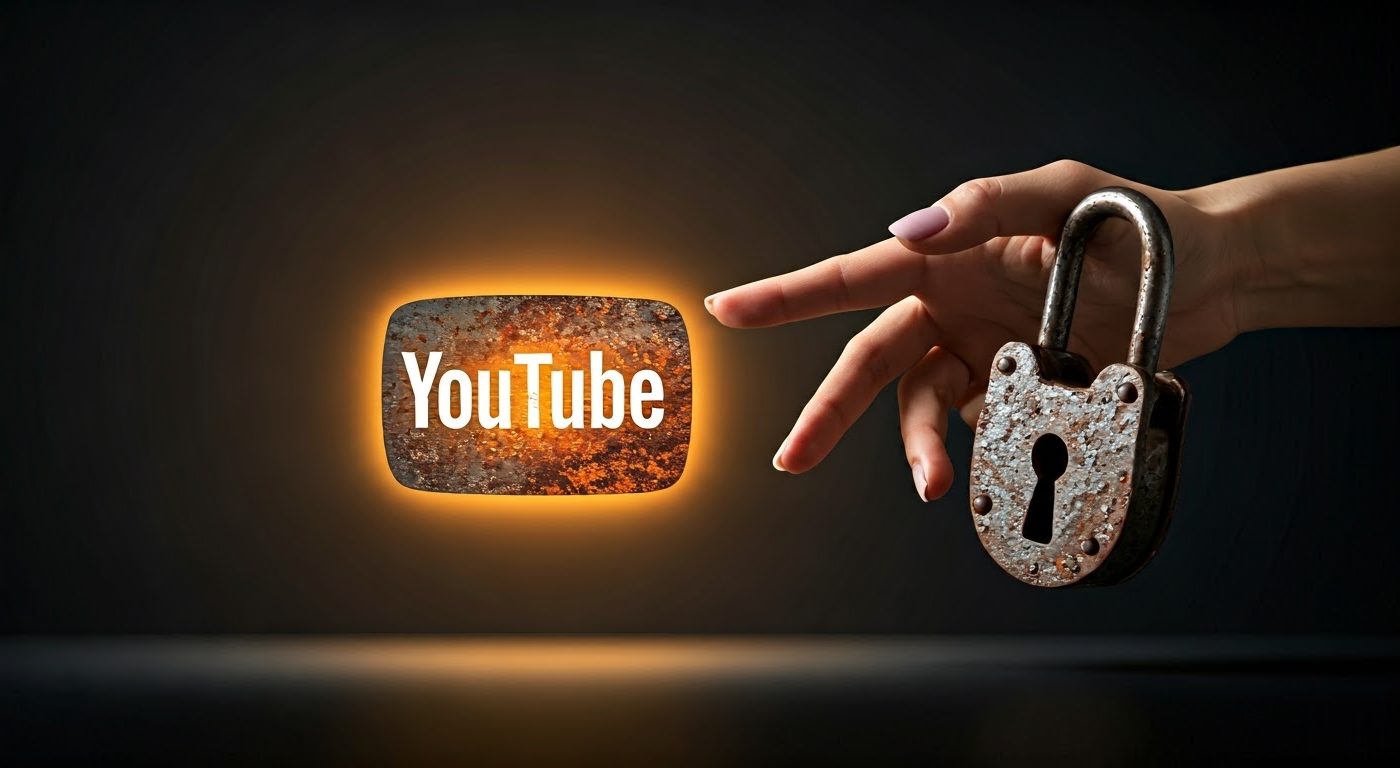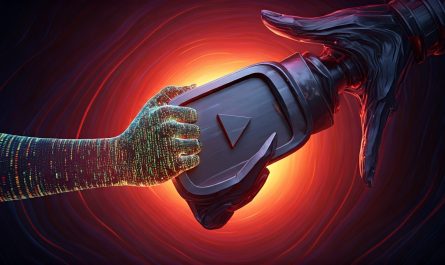Copyright can be a tricky area for YouTubers, and mistakes can lead to demonetization, takedowns, or even legal issues. Here are common copyright mistakes YouTubers make:
—
### **1. Misusing “Fair Use”**
– **Mistake**: Believing all content use qualifies as “fair use.”
– **Reality**: Fair use is a nuanced legal doctrine, not an automatic right. To qualify, the use must:
– Transform the original (e.g., add commentary, parody, or education).
– Be non-commercial or minimally impact the market value of the original work.
– **Example**: Reuploading clips without commentary and calling it “fair use.”
—
### **2. Using Copyrighted Music**
– **Mistake**: Including popular songs in videos without permission.
– **Reality**: Even short clips of music can trigger Content ID claims. Many creators assume that using 5-10 seconds of a song is allowed, but this is incorrect.
– **Solution**: Use royalty-free music, licensed tracks, or content from YouTube’s Audio Library.
—
### **3. Assuming “No Copyright Infringement Intended” is a Shield**
– **Mistake**: Adding disclaimers like “I don’t own this music” or “No copyright infringement intended.”
– **Reality**: Disclaimers do not override copyright laws. Permission is still required to use someone else’s content.
—
### **4. Reusing Clips Without Transformative Use**
– **Mistake**: Uploading clips from TV shows, movies, or other YouTube videos without meaningful commentary or transformation.
– **Reality**: Reposting content without significant changes violates copyright, even if credit is given.
– **Solution**: Add value by analyzing, critiquing, or repurposing the content.
—
### **5. Relying on “Small Portions”**
– **Mistake**: Believing that using a few seconds of a video or image is automatically legal.
– **Reality**: There’s no “safe length” for copyrighted content. Even small portions can result in claims or strikes.
—
### **6. Ignoring Stock Content Licensing Terms**
– **Mistake**: Using royalty-free images, videos, or music without checking the licensing terms.
– **Reality**: Some licenses prohibit commercial use, modification, or redistribution. Misuse can lead to legal trouble.
– **Solution**: Always read and follow the licensing terms.
—
### **7. Overusing Public Domain Misconceptions**
– **Mistake**: Assuming all old works are in the public domain.
– **Reality**: Some older works may still be protected, especially if they’ve been republished or remastered.
—
### **8. Not Crediting or Misattributing Content**
– **Mistake**: Failing to provide proper attribution for licensed or Creative Commons content.
– **Reality**: Many Creative Commons licenses require proper attribution, and failure to do so can violate the terms.
—
### **9. Using Meme Content Without Checking Rights**
– **Mistake**: Assuming memes or viral videos are free to use.
– **Reality**: Even memes often contain copyrighted material. If reused improperly, they can lead to claims.
—
### **10. Uploading Reaction Videos Without Transformation**
– **Mistake**: Simply watching someone else’s content on screen with little added commentary.
– **Reality**: This is unlikely to qualify as transformative and can lead to copyright strikes.
—
### **11. Ignoring Content ID Claims**
– **Mistake**: Dismissing Content ID claims as harmless.
– **Reality**: Even if claims don’t lead to strikes, they can demonetize your video or impact your channel’s reputation. Disputing valid claims can escalate matters.
—
### **12. Reusing Copyrighted Thumbnails**
– **Mistake**: Using stills or screenshots from copyrighted media as video thumbnails.
– **Reality**: Thumbnails are also subject to copyright law and can trigger takedowns.
—
### **13. Believing Content on YouTube is Free to Use**
– **Mistake**: Downloading and re-uploading other creators’ videos or clips.
– **Reality**: Content on YouTube is protected under copyright laws unless explicitly shared under a license like Creative Commons.
—
### **14. Ignoring DMCA Notices**
– **Mistake**: Failing to respond to a legitimate Digital Millennium Copyright Act (DMCA) takedown notice.
– **Reality**: Ignoring a DMCA notice can result in a strike or worse, channel termination. Responding improperly (e.g., filing a false counter-notice) can escalate the issue legally.
—
### **How to Avoid Copyright Issues**
– **Use Licensed Content**: Platforms like YouTube Audio Library, Artlist, or Epidemic Sound offer safe content.
– **Transform Your Use**: Ensure your content significantly modifies the original.
– **Understand Licensing**: Always check licensing agreements for purchased or royalty-free media.
– **Create Your Own Content**: The safest option is to use your own music, images, and videos.
—
Would you like specific examples or help navigating copyright tools for YouTube?


